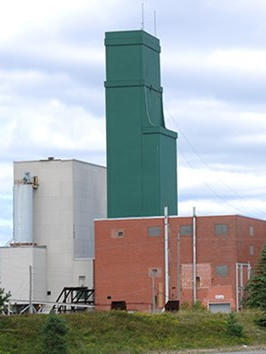Agee Smith’s Cottonwood Ranch is tucked away in rural Nevada, about 450 miles from Las Vegas and not far from the Idaho border. The area is prime habitat for the greater sage grouse, an imperiled bird found in 11 western states. The male grouse is known for his eccentric mating dance—involving strutting, chest puffing and the inflation of two yellow air sacs on his neck.
Over the past two years, Smith worked to improve areas that are crucial habitats for sage grouse. He has planted sagebrush and improved the grass density in his meadows. If a new conservation method works as planned, Smith could make some money off his work.
Nevada, along with Colorado and Wyoming, has been working to create statewide markets for the conservation of the bird. In the simplest terms, these markets let developers—mining and energy companies, mainly—offset their impact on sage grouse by purchasing “credits” from ranchers who conserve an equal amount of habitat.
























